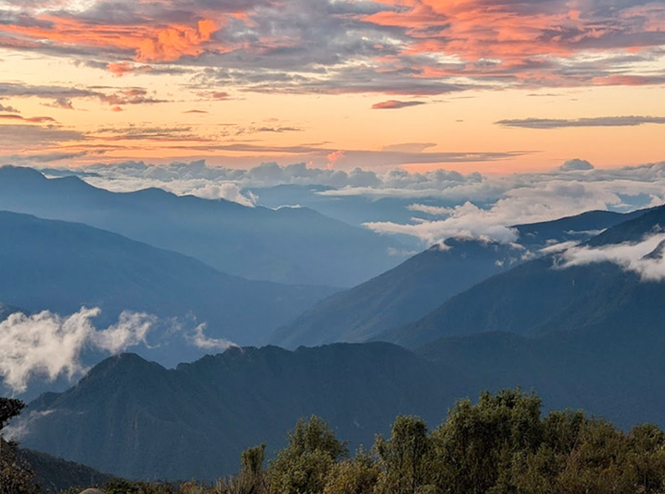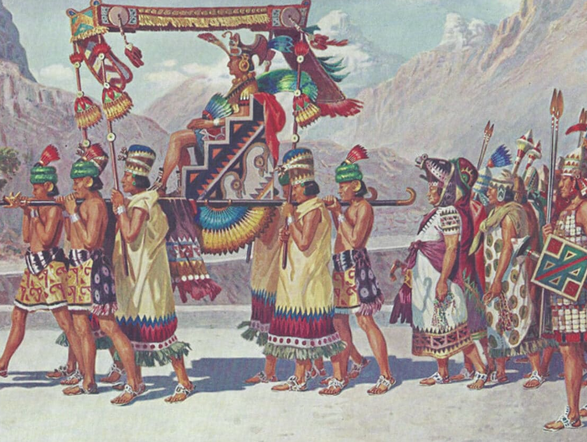top of page

Peru
The Land of the Bear in the Air
The Land of the Bear in the Air



Peru Introduction


Peru is an incredible country in Latin America. It has many wonderful sites such as Machu Picchu and a lot of traditional foods, as well as a fusion of new and old Peruvian foods. Many people with a lot of different cultures and backgrounds live in Peru. Peru is best known for its Incan sites that are full of mysteries, architectural and otherwise. If you are looking for a place of adventure, nature, history, and amazing food, Peru is the place to go.

History & Demographics



The history of Peru dates back to 4000 BCE, when the earliest primitive farmers settled in modern-day Peru. In 500 BCE, the first civilization was put in place. By 1000 CE, at least five clear civilizations had emerged in Peru. By the thirteenth century, the Inca empire was established. In 1532, Francisco Pizarro led an expedition to Peru. The empire, already weakened by civil war, collapsed under Pizarro’s pressure in 1533. Peru continued to be in Spanish control, until it was liberated by José de San Martín of Argentina and Simón Bolívar of Venezuela. Peru became independent on July 28, 1821.

From 1826 to 1908, Peruvian presidents governed an unstable democracy marked by a strict class system and rivalries between military chieftains or caudillos. Between the 1850s and mid-1880s, however, the economy of Peru thrived selling guano, a fertilizer made of bird droppings, to Europe. A road-building program was started, which included building railroads in the Andes. In the early twentieth century, a stable economy and a democratic government based on the constitution were established in Peru. In 1930, Peru was affected by the Great Depression. World War II resulted in a border war between Ecuador and Peru in 1941. The war was decided in Peru’s favor.


Alberto Fujimori

After 1967, Peru had many different governments. Military coups happened before ending civilian regimes in 1948, 1962, and 1968. In the 1980 elections, Peru shifted to civilian rule, when president Fernando Belaúnde Terry was reelected. In 1990, Alberto Fujimori, the son of Japanese immigrants, became Peru’s president. Fujimori immediately put in strict economic measures to combat inflation. In April 1992, Fujimori shut down Congress and did not listen to court rulings. This was met with widespread approval from the people and the military.

In the 2001 presidential election, Alejandro Toledo became the first Peruvian president of Indigenous heritage. However, his popularity declined when people learned about his disregard of moral properties and his corruption. In 2021, Pedro Castillo became president in a time of economic inequality, made worse by COVID-19. In December 2022, he attempted to dissolve Congress, which was controlled by a person who opposed him. He was then removed from office and replaced by his Vice President Dina Boluarte, who became Peru’s first female president. She called for a political truce, but was faced by protests and uprisings demanding the release of former president, Pedro Castillo. This quickly led to violence and this caused the deaths of almost 60 people.

Dina Boluarte
Peru Gallery
bottom of page